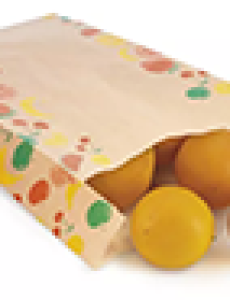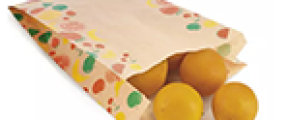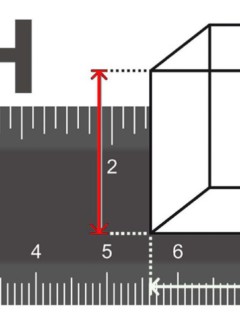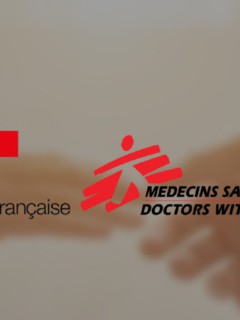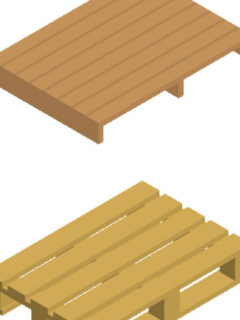Karfunkel has moulted. The small magazine that began every three months with the dates of medieval festivals, castle and palace festivals and jousting tournaments has now become a respectable publishing house. 16 employees work on a whole range of magazines and the book range has also been expanded. In a fast-moving media age, 30 years is a long time, especially for a small publishing house.
30 years of the magazine for living history – Karfunkel is the market leader for living history media
Today, the term “zero issue” means something different from what newspaper makers understand by it. It refers to editions of an issue, magazine or journal that are not intended for the public but mark the trial run. Is it on time? Does everything look as it should in print afterwards? These “zero numbers” did not exist for Karfunkel. Sabine and Michael Wolf first produced a few supplement booklets for the town gazette on the occasion of the town anniversary of Hirschhorn am Neckar, with tricks and tips and patterns of historical costumes to prepare the citizens for the 1200-year celebration. As the number of towns wanting to organise a “historical market” for their anniversaries increased rapidly at the beginning of the nineties and the organisers Wolf from Hirschhorn could not satisfy all the requests, it was obvious to create a forum where buyers and sellers could find each other. In April 1993, at the beginning of the Burgfest season, issue no. 1 was published. An issue was to be and was now produced every three months. Historical texts were researched, dates of events were found out, advertisements had to be designed and partners were sought: For patterns, for distribution, for technical background. The calligrapher and the journalist, Wolf & Wolf, looked for new comrades-in-arms and the editorial team grew larger, threatening to burst at the seams. The magazine’s circulation grew from issue to issue, and with each issue they gained around one hundred new subscribers. From issue no. 12 onwards, the magazine ventured into the magazine trade. After four years, the quarterly issue became a bi-monthly magazine. They soon switched from b/w to four-colour throughout and again had to find new, larger premises.
The former butcher’s shop in Hirschhorn’s Hauptstrasse became too small. The publishing house moved to Wald-Michelbach together with the editorial office and dispatch department. While the couple’s offspring, the twins Ayla and Lida, started school in Schönmattenwag, the publishing house and dispatch department also had to be enlarged. Additional staff were hired and the first apprentices were trained. In the meantime, the editors were spread all over the country and at times the magazine, which had grown to a circulation of 30,000, even had correspondents in Spain, Portugal and Great Britain. In addition to the magazine, books were soon published: Clothing and Armour of the Different Epochs and Instructions for the Construction of Medieval Houses, as well as books on weaponry. Sales at events, castles and medieval festivals were slowly handed over to travelling “medieval traders”. The Wolves now concentrated on building up more far-reaching structures, expanded their participation in the book fairs in Frankfurt and Leipzig, organised a national association and established mail order and an internet platform. The makers also faced competition, several times in fact. However, all attempts fell well short of the efforts of the Odenwalders by choice. Karfunkel is now firmly established in Austria, Switzerland, the Benelux countries and northern Italy. Only partners for France have not yet been found.
The industry for “experienceable history” grew and so did the interest in other magazines. In addition to the parent title Karfunkel, other titles now hit the newsstands – without zero numbers, although admittedly with varying degrees of success: Codex Karfunkel deals with clans, groups, peoples and catchwords such as the “Vikings”, the “Celts”, the “Romans” or the “Staufers”. Karfunkel Combat is for anyone interested in the military history of the Middle Ages. In addition, there are Kraut & Hexe, Karfunkel Musica, Cuisine in the Middle Ages, Pirates and the Karfunkel Special on topics such as ancient “Egypt”, ancient “Greece”. As a result, a Karfunkel product now appears 11 times a year in railway station bookshops and on magazine shelves.
Dispatch had to be professionalised
Shipping had to be professionalised. Old and used cardboard boxes had had their day. But for such a small family and idealistic enterprise, the classic cardboard box manufacturers were also too expensive and too inflexible. Since 2004, history is no longer just alive, but now also professionally shipped in packaging from RAJA. With more than 650 cardboard variants and bags, the trainees and apprentices under the direction of Monika Podzierski always find the suitable material. After all, the 50,963 customers from B2B (book & magazine dealers, castle & palace restaurants, museum shops and history festival suppliers) and B2C (end consumers and readers all over the world) should receive their tangible and tangible history without stains and quirks, but with corners and edges and hot off the press.
The editorial staff and the publishing house were once again increased and had to share. While the administration of the publishing house has remained at home in Wald-Michelbach in the Schönmattenwag district for more than 10 years, the production has moved to the Living History Museum Park Adventon in Osterburken near Mosbach/Baden, a competence centre for history founded in 2005. Sixteen permanent employees and as many more so-called “permanent freelancers” bring history to life and produce the media for it. The parent title has a circulation of around 50,000 and more than 9,000 subscribers throughout Europe. The special editions have a circulation of between 10,000 and 40,000, depending on the topic, and are becoming increasingly popular. Since the park’s museum shops and also Adventon’s medieval craft workshops are increasingly selling their ceramics, their blacksmith’s items and replicas by mail order, more boxes, padding film, adhesive tape and shipping bags are needed every day.
Original text service by miwo, Atelier Wolf
Further information at www.karfunkel.de











